
- Serving size: 100 g
- Calories: 207 kcal
- Fat: 16.2 grams
- Saturated fat: 4.2 grams
- Carbohydrates: 12.5 grams
- Sugar: 5 grams
- Protein: 4.4 grams

- Potatoes - 4 medium
- Roasted large peanuts - ½ cup
- Sesame seeds - ¼ cup
- Coconut flakes – ¼ cup
- Whole cumin – 1 teaspoon
- White onion- 1 coarsely chopped
- Brown mustard seeds - 1 teaspoon
- Fenugreek seeds -1/4 teaspoon
- Garlic – 2 cloves finely chopped (or use two teaspoons of garlic paste)
- Ginger paste – 1 tablespoon
- Turmeric powder – ½ teaspoon
- Chilli powder - 1 tablespoon
- Cumin powder – ½ teaspoon
- Green chillies – 3 to 4 (chopped)
- Coriander powder – 2 teaspoons
- Dried Kashmiri chillies – 4 to 5
- Ghee (optional) – 1 tablespoon
- Vegetable oil - 7 to 8 tablespoons
- Green Cardamoms - 2 pods
- Black pepper - ½ teaspoon
- Yoghurt – one cup
- Lemon juice – one tablespoon
- Sugar -two tablespoons
- Coriander leaves – handful chopped
- Curry leaves – 4 to 5 dried
- Peel potatoes and par boil until almost cooked but still firm
- Toast coconut flakes and sesame seeds in a dry skillet on a medium heat on the stove. Stir continuously to promote even browning and prevent burning. Remove from stove and allow to cool
- Peel and chop onions into a medium dice (5 to 10mm)
- Heat 3 to 4 tablespoons of vegetable oil in a sauté pan until hot enough for frying. Add par boiled potatoes and fry in batches until lightly browned. Remove from heat and allow to cool
- Place nuts, toasted coconut and sesame seeds into a blender with one and a half cups of water. Add salt. Blend until smooth. Keep to one side
- Add three tablespoons of vegetable oil and the tablespoon of ghee (if using) to a broad based pot / sauté pan and bring up to a medium heat. Use four tablespoons of vegetable oil if not using ghee
- Add Cumin seeds, fenugreek and mustard seeds and fry for a minute
- Add onions and cook until starting to change colour. Add garlic and green chillies. Fry for one or two minutes until softened
- Now, add Kashmiri Chillies, cardamom pods, black pepper, chilli powder, cumin powder, coriander powder and turmeric. Cook gently for one minute
- Pour blended paste made from nuts, coconut and sesame seeds into the pot and stir well.
- Add three cups of water.
- Stirring continuously, bring to the boil and then turn down the heat. Allow to simmer for 10 to 15 minutes
- Add yoghurt, lemon juice and sugar. Bring back to the boil
- Add coriander and curry leaves and allow to simmer for five more minutes
- Serve with rice and rotis
Keywords: Indian potato curry
Image credit
Soniya Goyal / CC BY SA 2.0 / via Flikr


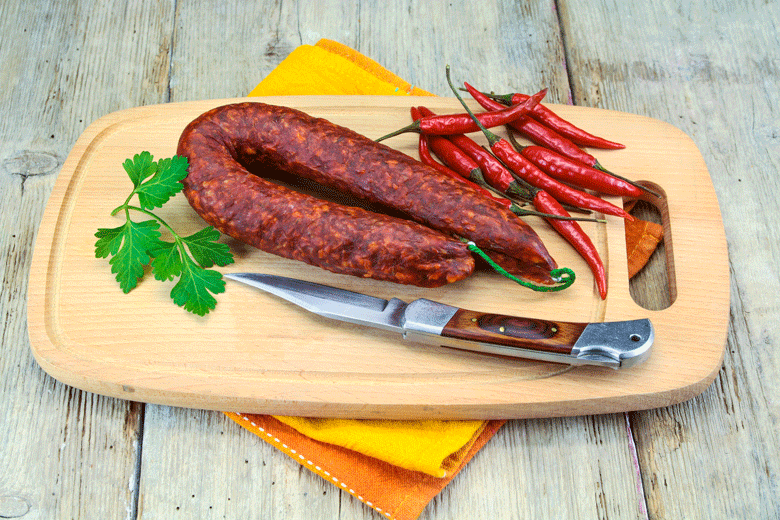
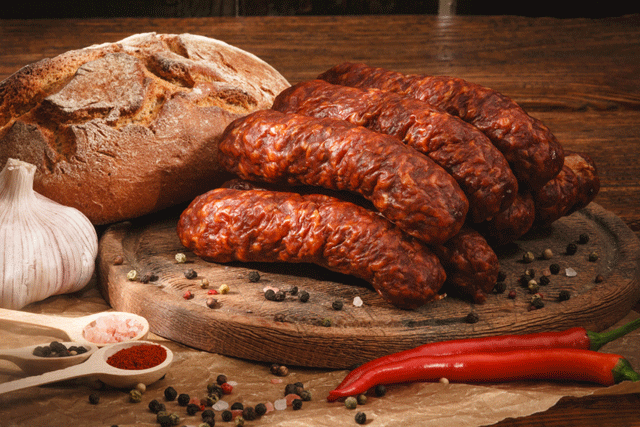

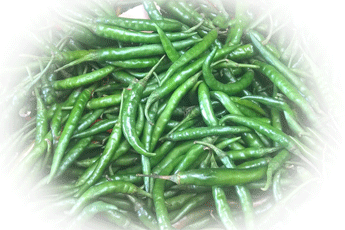 This places this Indian green Chilli in the same heat range as
This places this Indian green Chilli in the same heat range as

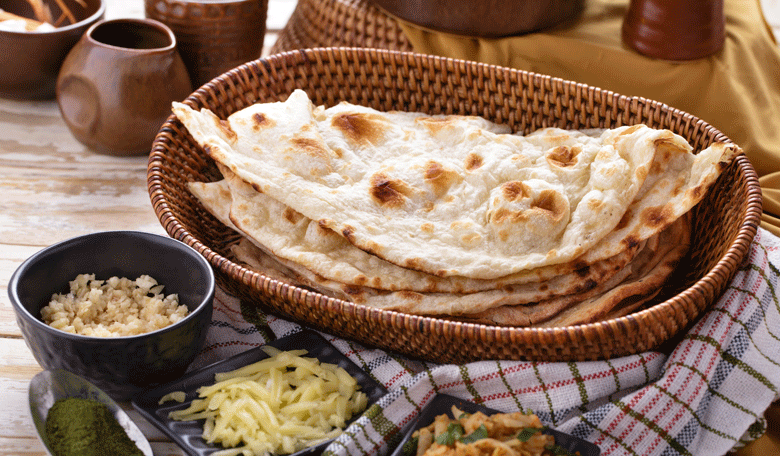
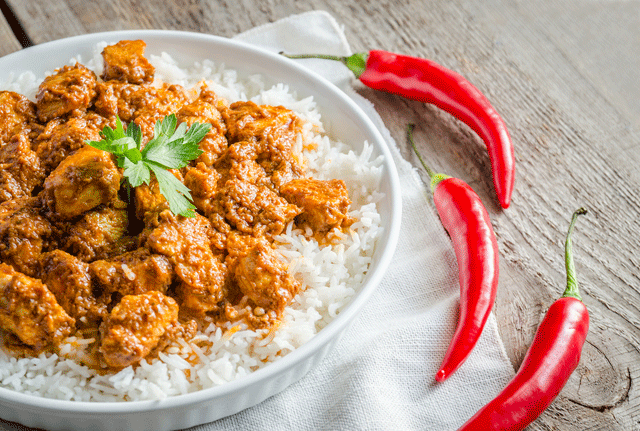


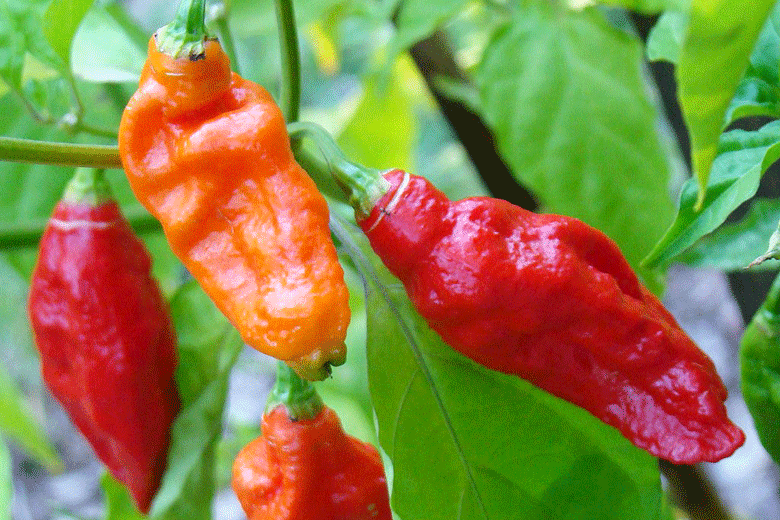
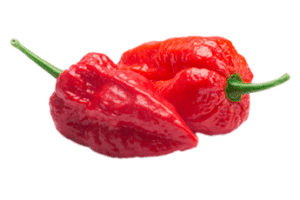 Records
Records

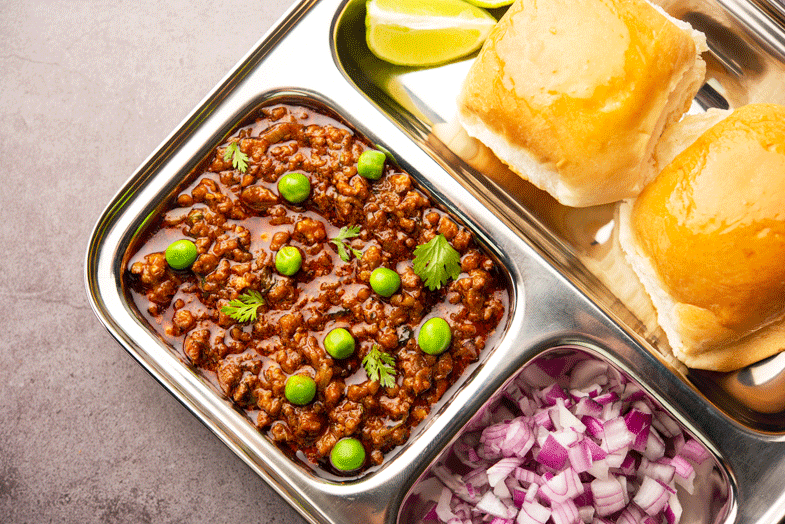 Popular street food
Popular street food
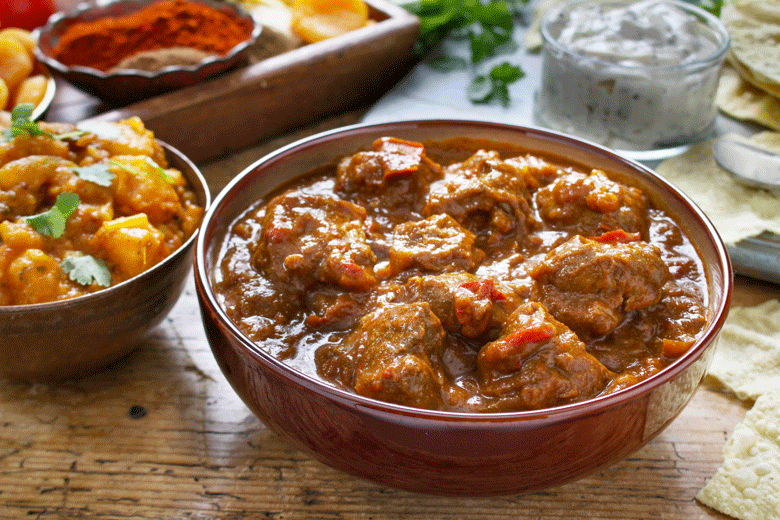
 were known for their lavish and flavourful
were known for their lavish and flavourful